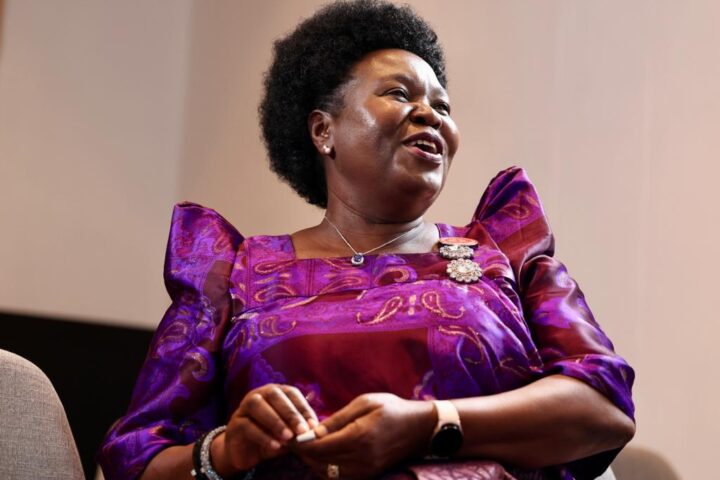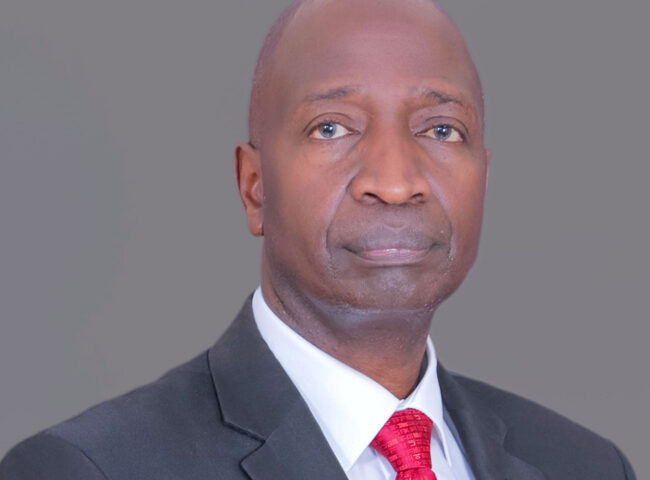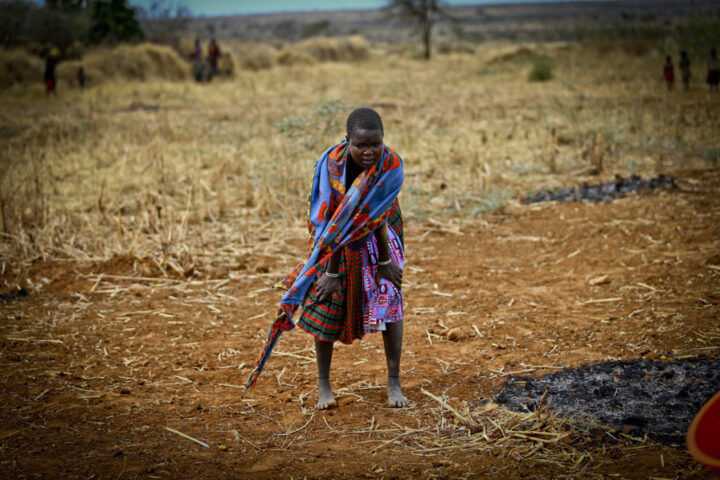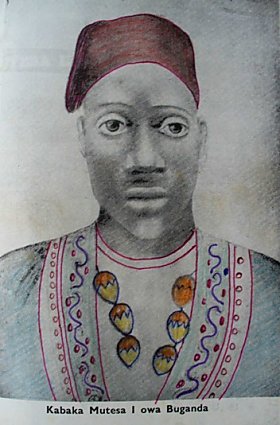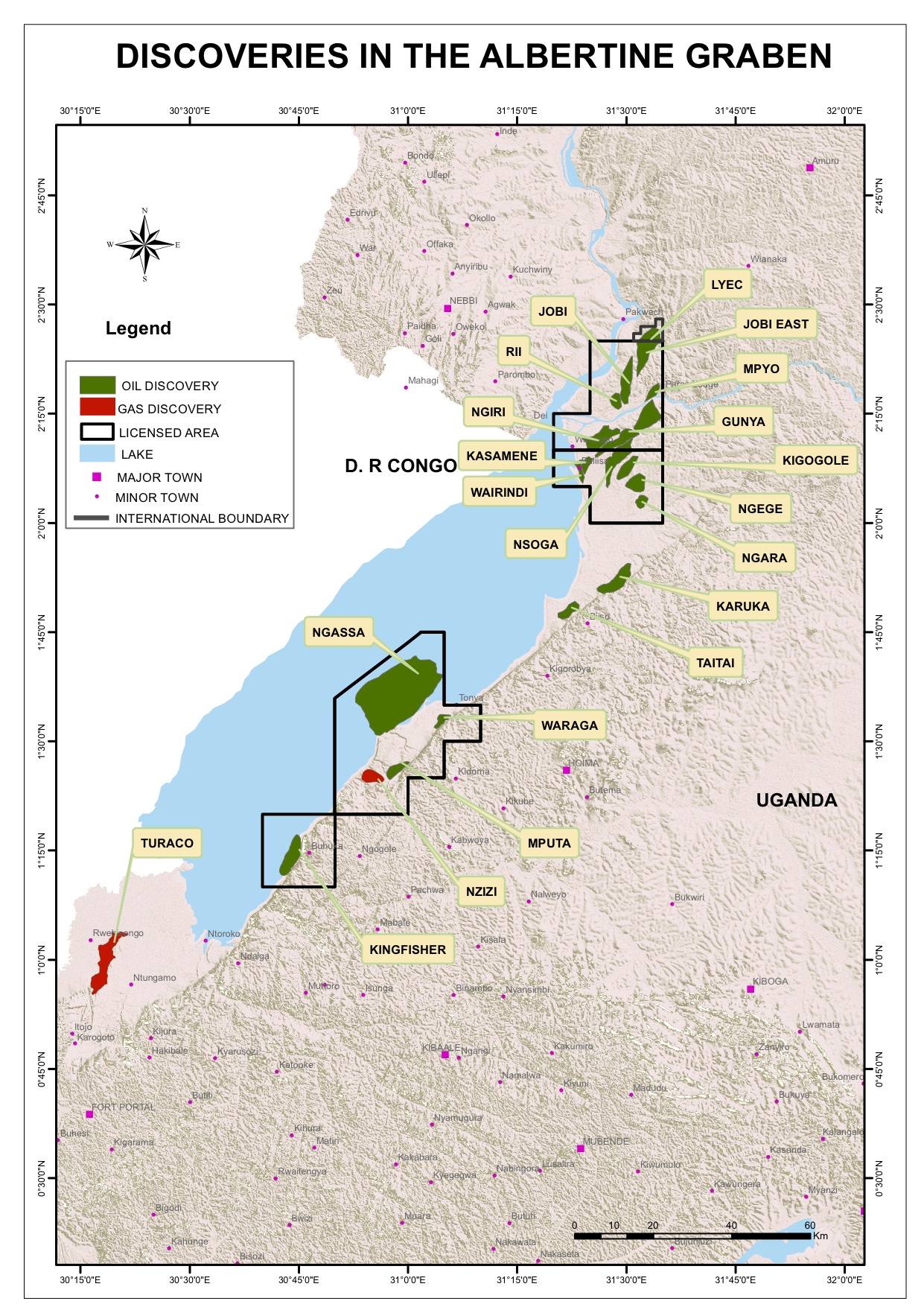In Luo folklore, two feuding brothers, Gipir and Labong, quarreled and split ways. Labong had been was forced to risk his life and replace a spear belonging to his brother Gipir he had in the heat of passion thrown at an elephant. In revenge when Gipir’s daughter accidentally swallowed some beads belonging to him, he had his brother slice her open. The bond broken Gipir crossed the Nile westwards to form the Luo of west Nile, the Alur, Jonam and others in the Congo. The other remained in present day Acholi land. The beautiful savannah still remains as a testament to this medley of oral history, geography and identity. Once swarmed teeming with elephants, that the Luo believe beat the path for their migration southwards, the savannah at Murchison Falls National park today spots drilling rigs that tower above everything else. The French company Total is exploring here. Despite its popular association with “western Uganda”, where the first oil discoveries were announced by Heritage Oil, a company founded by ex- British soldiers, much of Uganda’s proven oil reserves are in fact in the geographical “northern Uganda”. Since location is important to politics, geography has long had a direct bearing on how politicians behave.
In Uganda where internecine conflicts have raged since independence, geographical terminology like north, south and west come with loaded political meanings. So even if the bulk of proven reserves resides in the north, a narrative shift from oil in western Uganda to “Northern Ugandan oil”, like a discussion of the paternity of a favorite son, will be a source of discomfort.
Two issues however diverge in the middle of the Albertine Graben to the north and south.
In the national parks, which are the extended cultural lands of the Luo, oil discovery represents one primary issue of environmental protection. Southwards the political geography of oil has produced the more politically visible issue of wealth sharing in the form of agitation for special consideration by the Banyoro, subjects of the Omukama Rukirabasaija Agutamba Solomon Gafabusa Iguru 1 of the Kingdom of Bunyoro-Kitara. The location of oil in northern Uganda so far in uninhabited park areas makes it less a “people” issue according to Morris Ogenga Latigo, the former Leader of the Opposition in Parliament, whose Tangi River Farm, is in Nwoya that may have the distinction as the most oil endowed district. “Environment is not something that resonates with people” adds Nobert Mao, the Democratic Party leader and another of the north’s leading intellectuals. The political and geographical distance here means discussions on whether tourism can co-exist with oil discovery have a more national outlook. An abiding headache for the government of Uganda and the oil companies for example is the presence of internationally protected wetlands or so-called Ramzar sites within the parks. Murchison Falls Albert Delta system and the park are one of these sites. The public debate over oil governance in the last two years has hardly touched these sites or the unique biodiversity of the graben which oil companies fear can become a cause of commercial pressure if credit for development is tied to compliance by such agencies as the International Finance Corporation, the private sector arm of the World Bank.
Instead much of the limelight has been hogged by the debate over future spoils particularly the sub-national claims of Bunyoro. The Kingdom’s claims are rooted in a history of violence. In the late 1800’s a policy of “scorched earth” was adopted by militant British colonialism against a resistance mounted by the present Omukama’s great grandfather, Cwa II Kabalega. It created the first “internally displaced people’s camps” in Uganda’s recent history.
So severe was the campaign by the pioneers of central authority in modern Uganda that to date the widespread feeling amongst the Banyoro is that their “underdevelopment” is related to that war. In this the Banyoro share a bond with modern day “northerners”. More recent “IDPs” have emerged out of what has come to be known as the “Northern Uganda war”. While Bunyoro’s claims for special consideration like historically farther afield, the issue of northern reconstruction following the departure of the Lord’s Resistance Army is a major plank of government policy today. There are other areas of convergence that may not have immediate political meaning.
It’s not just the history of violence from the center that the Banyoro have in common with “northerners”. The ruling houses of Bunyoro-Kitara and the Kingdom of Toro are known as the Luo-Babiito, whose dual heritage springs from the crossing below the Victoria Nile of the migrating Luo. The cultural and political combustion below the Victoria Nile in multi-ethnic districts such as Masindi is represented by the continuation of the Luo-Babiito dynasties in the Houses of Bunyoro and Toro which bear such names such as that of the anti-colonialist “Cwa” Kabalega or Oyo the birth name of the youthful monarch of Toro [Oyo Nyimba] ironically presently a student at Sandhurst Military Academy, the elite training ground of the best of British soldiering.
History, ethnography and geography have thus contributed diverse issues to the national policy debate on the shared resources of the Luo-Babiito. In a meeting late last year, says Latigo, Acholi leaders decided that the institution of the Rwot or paramount chief, a relic of colonial era indirect rule, should represent the pan-Acholi interests.
“Unlike Bunyoro which had a centralized Kingdom which now articulates the wider interest of the Banyoro across several districts, Acholi do not have such a historically hierarchical organization” he said in an interview with me. He also says the creation of many districts including Nwoya, has led to the emergence of more parochial interests. And there is more.
While the national parks park accounts for a bulk of land explored for oil in northern Uganda, the land question in Bunyoro was politicized early, says Latigo, with the conflict over grazing rights of pastoralist Balaalo herdsmen. In Nwoya however most landlords (a large land holder here has an average of 4000 acres) have names like Aber, Oryema or Olum. So while there are land conflicts they differ because they largely involve co-ethnics. Other northern leaders adopt a more nationalist outlook in their conversation on oil partly because unlike Bunyoro, says Hon. Richard Todwong, the Mp for Nwoya, approaches in the North have to be more sophisticated because oil is in parks protected by separate legislation. “ We demanded 10% of the oil revenues as Acholi when we met Parliament (Bunyoro wants 12.5) but we are waiting for the government Master Plan to make our input. Ours is a more complex situation,” he said during a recent retreat of his party, the ruling National Resistance Movement.
The UWA separately has indicated it would like 3% of the revenue from oil to manage the delicate balance between environment, tourism and oil. The issue of revenue and development comes to a head in a few weeks when parliament resumes to consider the Public Finance and Accountability Bill but it remains to be seen if a more national debate will take root, suffice to say geography will have a lot to do with it.
aizama@stanford.edu




